Kennco.ie is a specialist insurance broker in Audi car insurance. We understand that being an Audi owner is exciting, and we want our customers to know that they have the best possible insurance available as a customer of Kennco.ie.
We’re delighted to insure the hundreds of Audi owners we have as our customers and be the trusted company they turn to in times of crisis regarding their motoring needs.
We can insure your Audi vehicle if it is roadworthy and legally allowed on Irish roads. Our quotations will differ based on your experience as a driver, the cost of your car, the features of your car, your no-claims bonus, and how securely you store your Audi at your residence.
You can get a car insurance quote online here. The process only takes a few minutes, and we can provide you with an Audi car insurance quotation.
Select your vehicle for a fast online quote
- Audi Q5
- Audi RS4
- Audi A1
- Audi A3
- Audi A4
- Audi A5
- Audi A6
- Audi A7
- Audi A8
- Audi Q2
- Audi Q3
- Audi Q4
- Audi Q5
- Audi Q7
- Audi Q8
- Audi TT
- Audi e-tron
- Audi e-tron Sportback
- Audi e-tron S
- Audi R8
The History of Audi
As we’ve said, being an Audi owner is exciting. It is one of the world’s largest and best-known car manufacturers. The German company is regarded as one of the big three car manufacturers in Europe, alongside BMW & Mercedes. Their history extends back to the 19th Century. They were founded in 1899 in Cologne.
Audi started making cars in 1910, with the first being the Audi Type A Sport-Phaeton. The Type B was also released that year to succeed it. Audi became internationally known in the 1920s. Audi became the first car to release a car that was a left-hand drive which was the Audi Type K. It gave drivers a better view of oncoming traffic and made it easier to overtake. It became trendy after that, selling left-hand drive cars.
We all know Audi’s logo if someone puts it before us. The four rings are well associated with the Audi brand. The Audi logo came about due to a merger of four companies.
During World War Two, Audi began producing armoured cars for military purposes.
In 1964 Volkswagen had a 50% share in Audi. They bought the new factory over a year and a half later and used it to produce more Volkswagen Beetles. The resurrection of the Audi was completed in 1972 when they built the Audi 80.
Audi has lately been as innovative as ever. In the 1980s, they produced the turbocharged Quattro, the world’s first four-wheel-drive sport coupe. Audi was able to compete with the likes of Mercedes and BMW with the release of the Audi V8, which was more upmarket.
Audi today is an internationally known brand on par with Mercedes and BMW. They are now developing electric cars with the Audi e-tron and similar e-tron models.
Benefits of Being an Audi Owner
- Performance – Audi cars come with the latest high-tech features and powerful performance.
- Safety – Audi has many safety features on their cars. Some of the Audi models have high safety ratings. This is due to amazing onboard tech, which provides extra safety in a collision.
- Comfort – Audi has developed a comfortable driving experience. They are even comfy for long journeys, so you will feel relaxed. Newer models offer heated seats for added comfort.
Audi Insurance Quote
Kennco.ie has been helping insure Audi owners since its inception in 2008. We’re fully committed to getting you the best possible insurance price for your Audi today. Simply click the button below to get a car insurance quote online today.
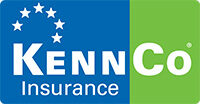
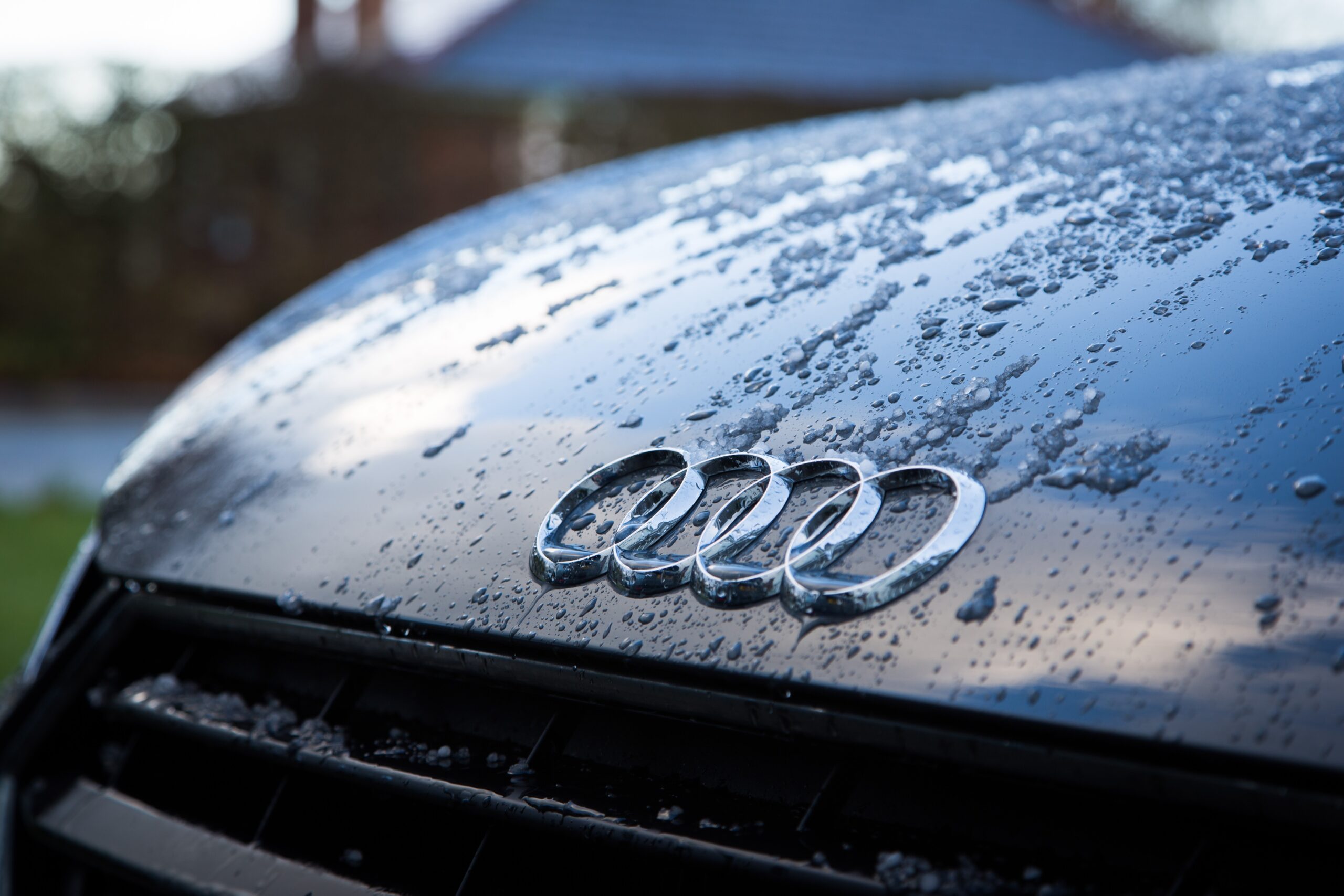


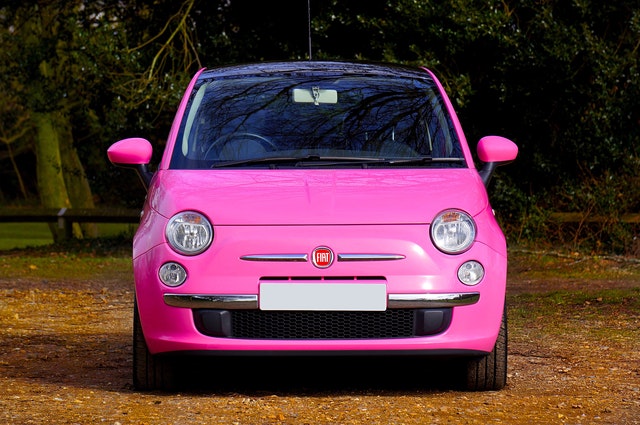
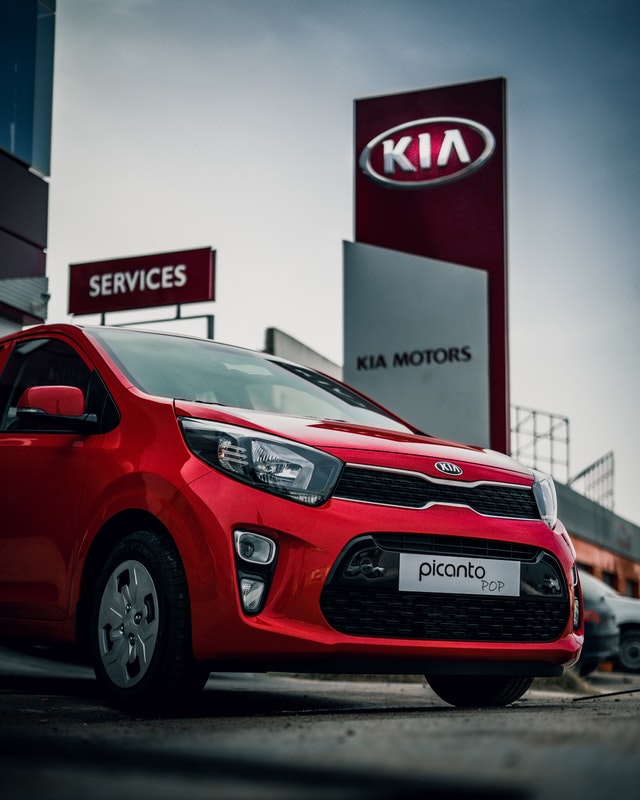 Kia Picanto
Kia Picanto
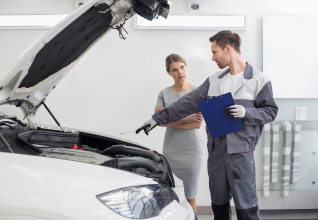

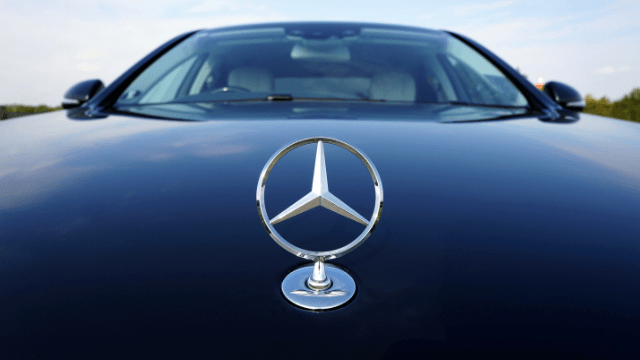
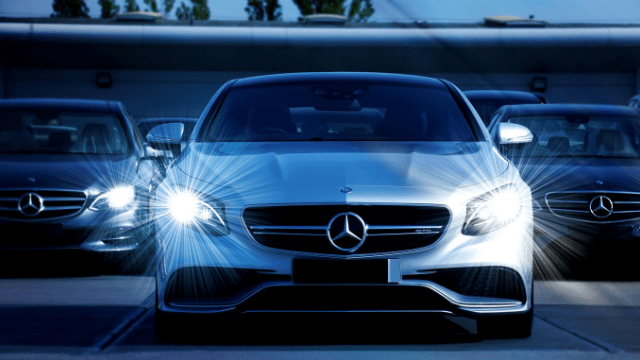
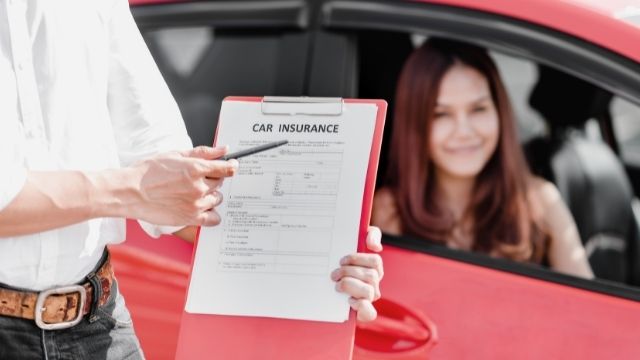
 There are some car insurance terms that you will need to be familiar with when purchasing. Below are some translations of basic car insurance terms that are especially relevant when purchasing insurance.
There are some car insurance terms that you will need to be familiar with when purchasing. Below are some translations of basic car insurance terms that are especially relevant when purchasing insurance.